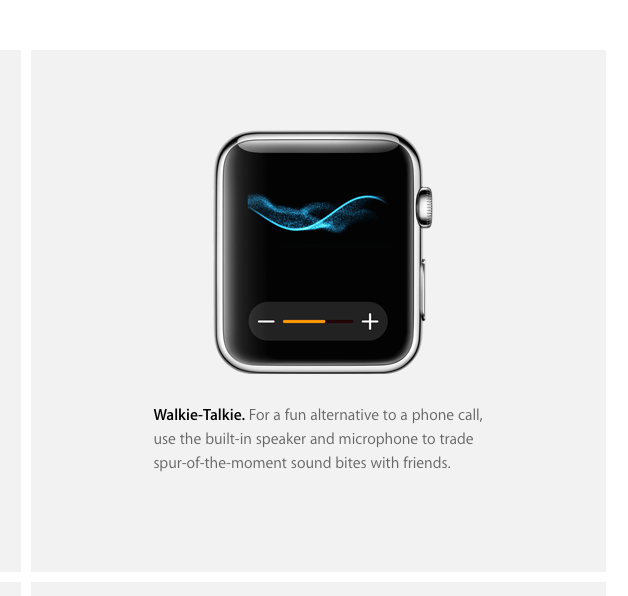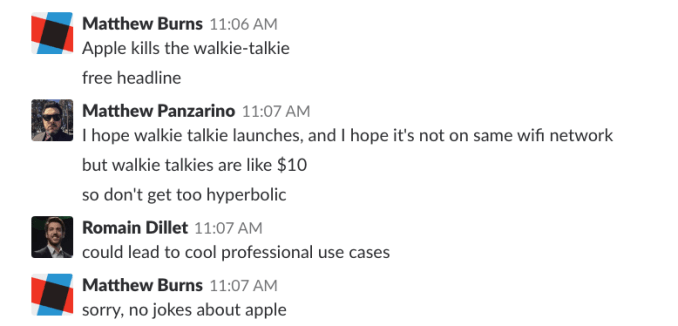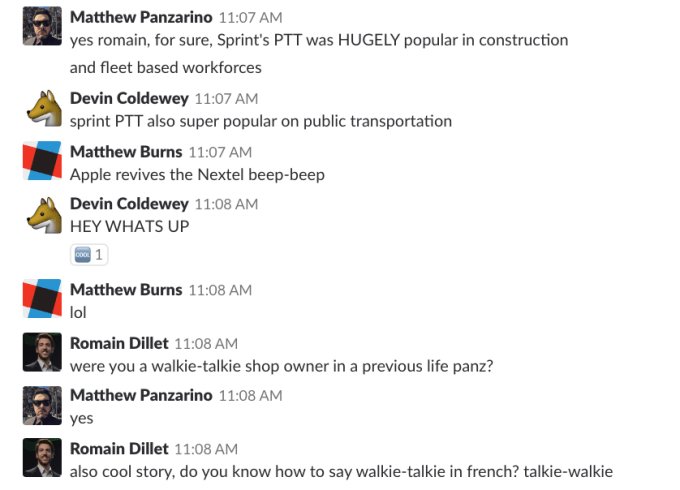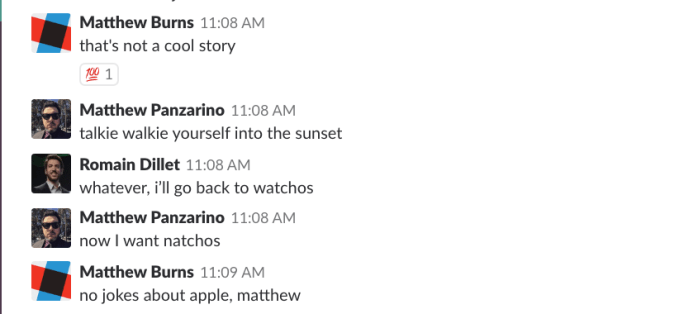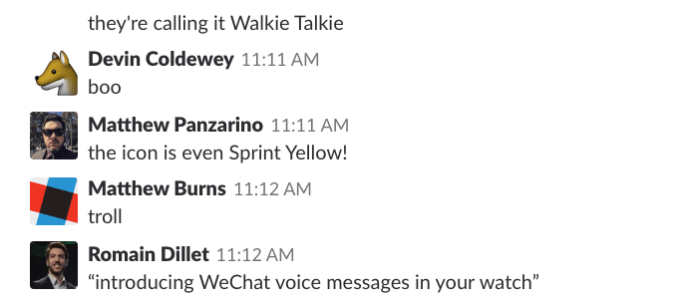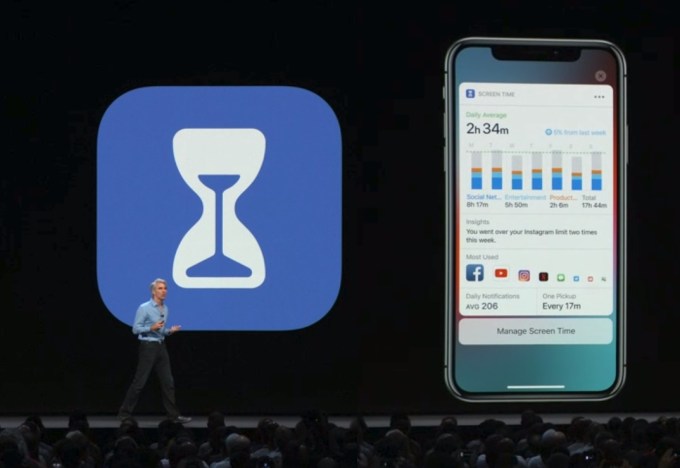YC looks to help more of its companies lock down Series A funding
Y Combinator, the popular startup accelerator program, has never been shy about experimenting. Now, in its latest trial, the outfit is launching what it’s calling a Series A program. The idea is to help alums that maybe picked up seed funding after one of YC’s famous Demo Day presentations but that could use some help thinking through how much to raise in Series A funding, and from whom.
We talked Friday with the YC partner who is leading the program, Aaaron Harris, about how it will work, why YC deems it necessary, and what it signals about the 15 companies that will be accepted into each of these batches, where they will meet every other week over a two-month period to discuss (in part) business models, forecasts, pitch decks, and how to approach meeting with different types of investors.
TC: For readers who don’t know you, how did you wind up at YC and how long have you been involved with the organization?
AH: I’ve been a partner for five years. I cofounded a [since shuttered] company, TutorSpree, which went through YC in 2011 and was funded by Sequoia Capital. Before that, I worked at a hedge fund in New York.
TC: Why create programming around Series A rounds?
AH: As YC has gotten bigger, we’ve had more companies reaching Series A level funding, and what I noticed was that we didn’t have great advice to give them. The advice was sort of scaled up from seed [round discussions] and while that works for some, it doesn’t work for others. It became apparent that founders don’t have a great sense of who they should be talk with and about what.
In 2017, 62 of our alums raised $550 million across their Series A rounds. That’s more than in any other portfolio in the world as far as I’m aware, so we should know more than others. But we hadn’t established best practices around this, so I started advising companies on a one-off basis about six months ago; now, we’re formalizing the process.
TC: How long after companies graduate from YC and close their seed rounds do they raise Series A rounds, typically? And what are some of the things you learned by looking across your portfolio?
AH: It’s often between 14 and 18 months afterward, and what we’ve seen is a cadence to Series A funding. You see a lot of rounds [being sewn up] in September and October and November and then they kind of stop until late January, then you start see [most them again] in March and April and May.
If companies plan far enough ahead — and assuming they hit their milestones — they can raise with more control if they’re aware of these cycles.
TC: Beyond that VCs generally slow down in the summer and over the winter holidays, what observations are you sharing with them?
AH: A lot of it boils down to the process and the way they work on raising. The thing that founders screw up the most in raising a Series A is they let it get away from them, and they let it fall into a serial process, talking with investors with half a story over many months when when it comes to this kind of round, you want to make a clear delineation. You might meet investors to start a relationship, but you don’t want to pitch them in an active sense. Instead, when the time is right, you move, saying, “Can I come in and pitch you?”
You want to have those pitch meetings in a tight window so that investors are meeting with you at the same time and there’s little information [leakage] in the ecosystem.
TC: Do you feel like YC — or its portfolio companies — need to be more strategic because the bar for Series A funding has grown higher?
AH: Naturally, there’s fallout from seed to A, and that’s good; that means risk is being taken at the seed stage.
What we’re seeing are greater and more diverse groups doing Series A investing than in the past. You’re seeing of rounds being led by firms that aren’t the top-tier Silicon Valley names but smaller, newer funds, including funds abroad that invest internationally. I think it just reflects the increasingly global nature of VC now that more capital is looking for yield, whether from sovereign wealth funds or pension funds or other outlets. But founders have no idea how to access those sources of capital. So we’ll have an application for investors to learn which companies are raising Series A round. We’re building software around that information to better match founders with the right investors.
TC: Does YC have concerns about how many outfits are now offering startups seed funding and how many colors of “seed” have emerged, from pre-seed to seed to post-seed and how that impacts A rounds?
AH: Dilution is an important aspect of this. One thing we’re doing is using the Series A program to point all the way back to Demo Day to inform companies on how much they should raise in order to hit milestones that will be relevant to A. It’s not just a YC problem. A lot of founders raise money at seed without thinking about what dilution means. They’ll take money at good terms, but they don’t think about how much money they need. Ideally, you raise the least amount possible to hit your milestones and you don’t overmaximize the price of the seed round; it makes it harder to raise [again later].
TC: You’ll begin working with your first batch of companies this summer. What can they expect?
AH: We’ll have 10 to 15 companies which, over two months, will be meeting roughly every other week with each other and myself and the rest of the Series A team, kind of like the office hours that we do now.
What’s a bit different from YC’s core program is there’s a clearer set of tactical objectives for each meeting It might be about how you build a financial model for when your investor does diligence, or how you should think about who the right investor is and how you have the right conversations with investors. It sounds basic, but founders don’t know how to talk with VCs unless they’ve done it before. It’s a very different conversation than with an angel investor. There’s a lot more to talk about and things you can predict ahead of time that will concern [Series A] investors. There should be more of a story because there’s more of a business.
TC: Are you worried about what this program signals to investors? You can imagine they will either see these as your most prized Series A stage companies or your most troubled.
AH: We’ve definitely thought about this. Anything we do needs to contribute to network, and signaling risk can damage that.
The way we’re structuring this program gets to the heart of what’s so great about the YC network. It acts as a point at which you pull together a group of companies that are at similar stages and allows us to reforge a batch in cool ways. Early on, there’s tons of bonding and peer support at YC, but afterward, everyone tends to go in different directions. Having a new batch where everyone is at the Series A stage and who can talk about the GPs who they’ve met with and what they’ve learned, or who’ve dealt with particular issues when it comes to scaling and can share, is [a lot of why we are doing this].
When it comes to the companies we work with, some will continue to raise As without us. There are always going to be founders with good VCs in their round who [help with Series A fundraising] and that’s great. They can still as for our advice about term sheets and how to negotiate specific points. The ad-hoc piece will never go away, just as it never goes away for any YC companies.
TC: How often will you “batch” these companies and who, other than your peers at YC, will be talking with these founders? Will you have outside speakers or mentors involved, too?
AH: We’ll bring in alums for their advice and for panel discussions and pitch practice — both alums who raised years ago and can share their good and bad stories, and people who’ve raised recently for some perspective on the market.
As for these batches, if it winds up being 12 batches a year, we’ll figure out how to do that.
